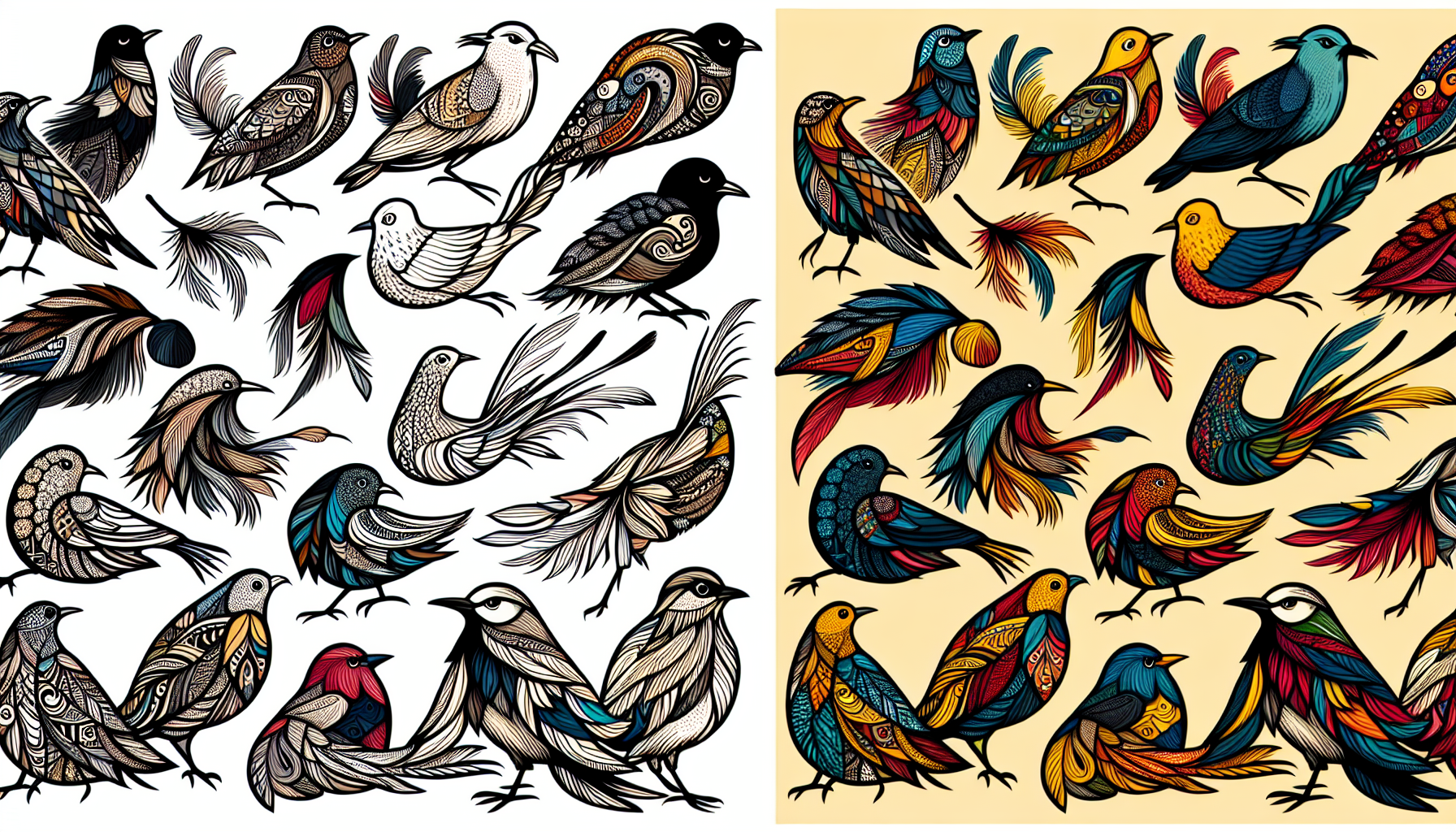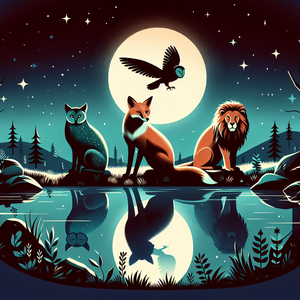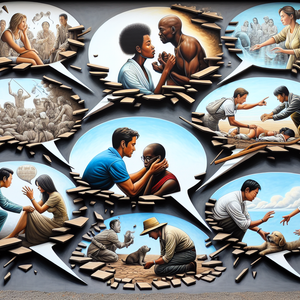Drone Ballet: Synchronizing Flights for Spectacular Shows

The concept of using drones for entertainment is a relatively recent phenomenon, tracing its roots back to the early 2010s. Initially, drones were primarily associated with surveillance and military applications, but the development of compact, lightweight, and highly maneuverable models opened up new possibilities. The first major public display of drone light shows was during the 2018 Winter Olympics in PyeongChang, South Korea, where Intel orchestrated a stunning performance featuring 1,218 drones in a synchronized ballet that set a Guinness World Record. This event marked a pivotal moment, showcasing drones as a medium for creative expression and setting the stage for future innovations in the field.
The Art and Science of Synchronization
At the heart of these breathtaking performances is a sophisticated blend of art and science. Creating a drone light show requires meticulous planning, as each drone must be precisely programmed to execute complex maneuvers without colliding with others. This is achieved through advanced software that allows designers to map out intricate flight paths and animations. The process begins with a storyboard, much like traditional animation, where artists sketch out the desired visuals. These sketches are then translated into digital simulations that are tested and refined multiple times. The drones themselves, equipped with LED lights capable of displaying millions of colors, are pre-programmed with the flight paths. Advanced GPS systems ensure that each drone follows its designated route with centimeter-level accuracy. The entire performance is choreographed to music, with each drone acting as a pixel in the night sky canvas, creating dynamic images and effects. This synchronization is crucial, as even a slight deviation can disrupt the intended visual spectacle, underscoring the importance of precise planning and execution.
Challenges and Innovations
Executing a flawless drone light show comes with its own set of challenges. Weather conditions, such as wind and rain, can significantly impact the performance, necessitating contingency plans and real-time adjustments. Additionally, safety is paramount. Flight planners must ensure that the drones operate within controlled airspace and maintain a safe distance from spectators and infrastructure. The role of a drone flight planner is crucial in this aspect, as they must navigate complex regulatory environments and coordinate with various stakeholders to ensure a smooth performance. Despite these challenges, technological advancements continue to push the boundaries of what's possible. Machine learning and artificial intelligence are being integrated into flight planning software, allowing for more complex and responsive performances. Innovations in battery technology and drone design are also extending the duration and complexity of shows, offering audiences even more spectacular displays. These advancements not only enhance the visual experience but also contribute to the safety and reliability of drone light shows.
The Impact and Future of Drone Ballet
Drone light shows are not just about entertainment; they are a reflection of the growing intersection between technology and creativity. These performances have found applications in advertising, corporate events, and cultural celebrations, providing a sustainable and flexible alternative to traditional fireworks. Unlike fireworks, drones are reusable, produce no toxic smoke, and can be customized to tell a brand's story or celebrate cultural heritage. This shift towards more environmentally friendly and versatile entertainment options is indicative of a broader trend towards sustainability in the arts. As technology continues to evolve, the potential for drone light shows is limitless. Future performances could incorporate augmented reality elements, interactive components, and even involve audience participation. The artistry involved in creating these shows, combined with cutting-edge technology, promises to keep audiences spellbound for years to come. As the medium evolves, it will likely create new opportunities for collaboration between artists, technologists, and audiences, driving further innovation and exploration in the field.
Drone light shows represent a unique fusion of art and technology, pushing the boundaries of creative expression and providing audiences with a glimpse into the future of entertainment. The intricate dance of drones across the sky is not just a visual spectacle but a testament to human ingenuity and the power of innovation. As we continue to explore the possibilities of this new medium, drone ballet will undoubtedly remain at the forefront of artistic and technological advancement, inspiring awe and wonder in all who witness it. Whether through dazzling displays at major events or intimate performances in local communities, drone light shows will continue to captivate and inspire, reflecting the limitless potential of human creativity and technological prowess.
Drone Light Show Programmer
Intel, Verity Studios, and Skymagic
Core Responsibilities
Design and implement complex flight paths for drone light shows using specialized programming software.
Collaborate with artists and designers to translate storyboard concepts into executable drone animations.
Required Skills
Expertise in programming languages such as Python or C++ for drone software development.
Familiarity with 3D modeling tools and animation software for creating precise flight simulations.
Unique Qualification
Experience in integrating real-time data inputs for dynamic drone choreography adjustments.
Drone Operations Manager
Ehang, CollMot Entertainment, and Great Lakes Drone Company
Core Responsibilities
Oversee the logistical planning and execution of drone light shows, ensuring safety protocols are rigorously followed.
Coordinate with regulatory bodies to secure necessary flight permissions and manage airspace restrictions.
Required Skills
Strong leadership and organizational skills to manage large-scale events and multiple teams.
In-depth knowledge of FAA regulations and drone operation standards.
Unique Qualification
Certification as a commercial drone pilot (Part 107 or equivalent).
Drone Design Engineer
DJI, Parrot SA, and AscTec
Core Responsibilities
Develop and refine drone technology to enhance performance in light shows, focusing on battery life and LED display capabilities.
Collaborate with software teams to integrate hardware advancements with programming needs.
Required Skills
Proficiency in mechanical and electrical engineering, with a focus on UAV (Unmanned Aerial Vehicle) systems.
Experience in rapid prototyping and testing of drone components.
Unique Qualification
Expertise in lightweight materials and energy-efficient design.
Drone Light Show Creative Director
Studio Drift, Drones by Flock, and Artistry in Motion
Core Responsibilities
Lead the creative vision for drone light shows, from concept development to final execution.
Work closely with technical teams to ensure artistic ideas are feasible and align with technological constraints.
Required Skills
Strong background in visual arts or animation, with an eye for innovative storytelling through light and movement.
Experience in project management and cross-disciplinary collaboration.
Unique Qualification
Proven track record of creating large-scale multimedia art installations.
Drone Light Show Safety Officer
Firefly Drone Shows, Celestial, and Pixis Drones
Core Responsibilities
Develop and enforce safety protocols for drone operations during public performances.
Conduct risk assessments and implement contingency plans for adverse weather conditions and technical failures.
Required Skills
Comprehensive understanding of safety standards and emergency response procedures.
Ability to communicate effectively with technical teams and event organizers to ensure compliance.
Unique Qualification
Background in aviation safety or emergency management.


